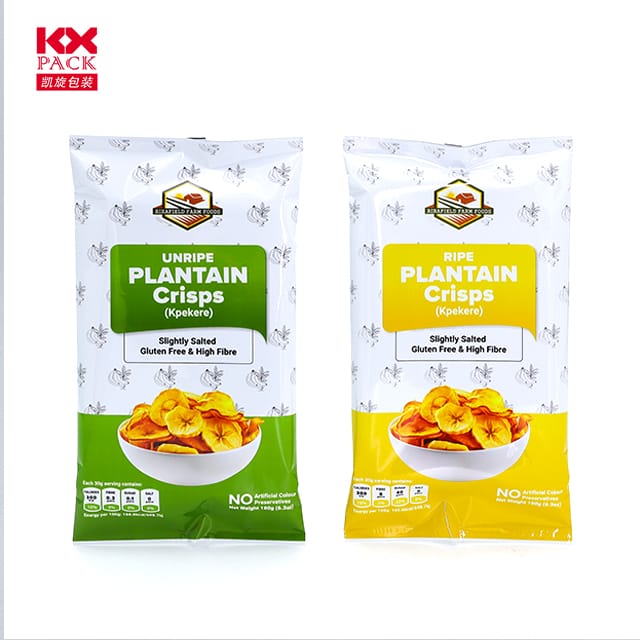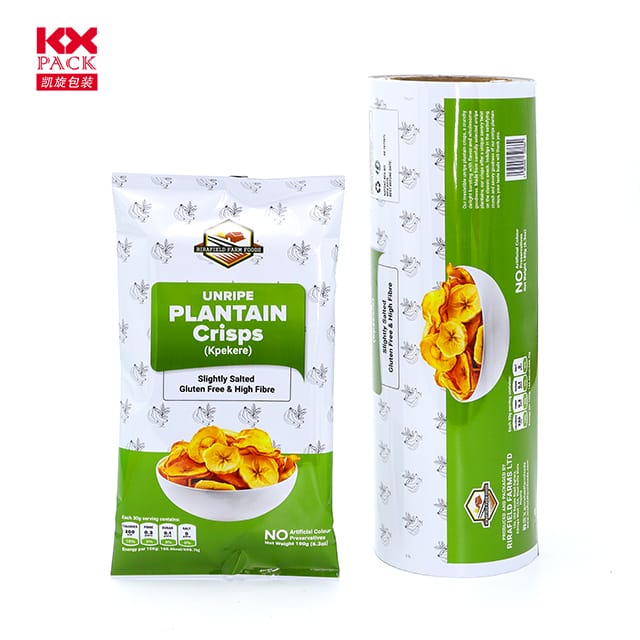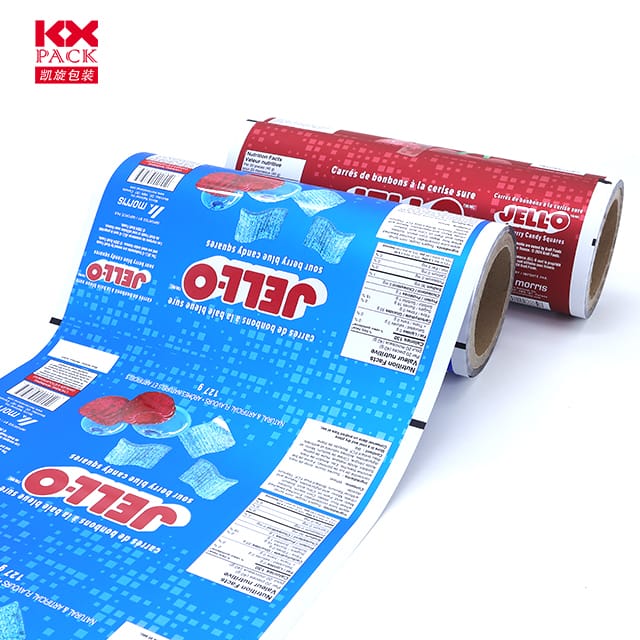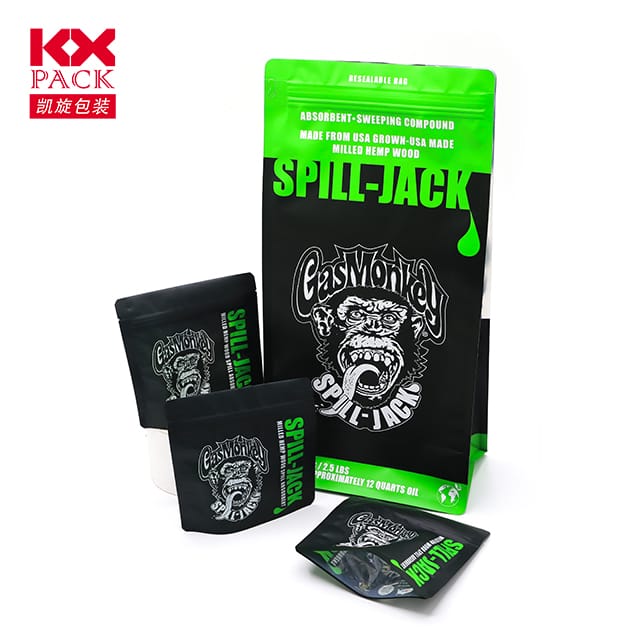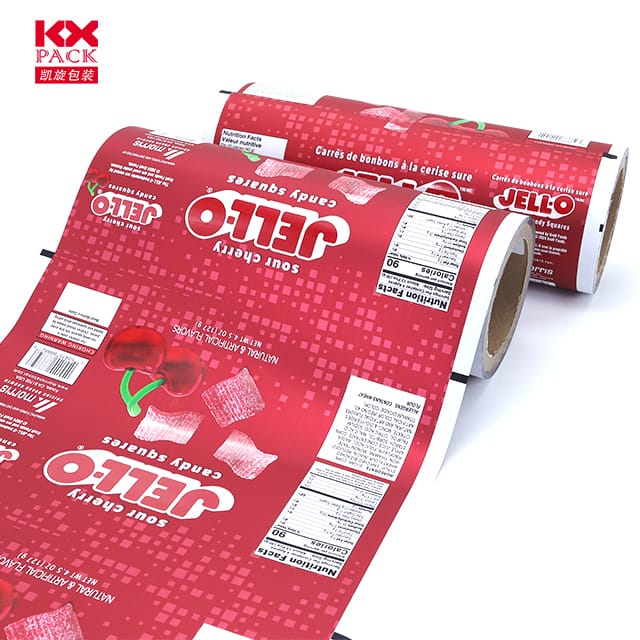探索膜层压材料的多功能性: 深入研究创新和应用(3)
膜层压材料
In today’s fast-paced industrial landscape, 期限film laminated has emerged as a cornerstone of modern material engineering. 从包装解决方案到高级光学膜, 该技术结合了多层的优势,以创建超越单个组件局限的材料. 让我们解开科学, 应用, and future potential of film laminated materials.
What is Film Laminated?
以其核心, film laminated refers to a process where two or more thin films are bonded together using specialized adhesives, heat, or pressure. 结果? A composite material that leverages the unique properties of each layer—such as flexibility, 力量, barrier performance, or optical clarity—to achieve superior functionality.(膜层压材料)
This technique isn’t new; it’s been used for decades in industries like food packaging (think aluminum-laminated pouches that keep snacks fresh) and automotive safety glass (laminated windshields that prevent shattering). 然而, recent advancements have expanded its horizons into cutting-edge fields like holographic security, solar energy, and even medical devices.(膜层压材料)
Key Applications of Film Laminated Materials
- Food and Pharmaceutical Packaging
- Barrier Performance: Laminated films with aluminum or EVOH (ethylene-vinyl alcohol copolymer) layers block oxygen, 水分, 和光, 延长保质期.
- Safety and Compliance: FDA-approved laminates ensure product integrity for edibles and medicines.
- Automotive and Architecture
- Safety Glass: Laminated interlayers (例如。, PVB or SGP) hold shattered glass together, reducing injury risks in crashes.
- 能源效率: Solar control films laminated onto windows reduce heat gain, lowering HVAC costs.
- Security and Anti-Counterfeiting
- Holographic Films: Advanced laminated structures with micro-embossed patterns create tamper-proof labels for currency, IDS, and luxury goods.
- Electronics and Optics
- Display Technology: Multi-layered films with anti-reflective or conductive coatings enhance smartphone screens and solar panels.
- Flexible Circuits: Ultra-thin laminated polymers enable bendable electronics.
Technological Breakthroughs
- Nanostructured Laminates: Researchers are developing films with nanoscale layers to control refractive indices, enabling anti-glare coatings or high-efficiency solar cells.
- Biodegradable Laminates: Eco-friendly alternatives using PLA (聚乳酸) or starch-based films address plastic waste concerns.
- 聪明的层压板: Films embedded with sensors or thermochromic inks respond to environmental changes (例如。, temperature-indicating packaging).
Market Trends and Growth
全球laminated glass interlayer film market alone is projected to reach$61.27 十亿 2031, driven by demand for safer buildings and vehicles. 同时, 这plastic film composite market (including laminated steel for appliances) is expanding in Asia-Pacific, where rapid urbanization fuels construction and automotive sectors.
挑战和未来的方向
- 成本效率: Scaling up production of advanced laminates while keeping costs competitive remains a hurdle.
- 可持续发展: Balancing performance with recyclability is critical, especially for single-use packaging.
- 创新: Continued R&D into self-healing laminates, 4D-printed structures, and AI-driven material design could redefine the field.
结论
Film laminated materials are more than just layers of plastic or glass—they’re a testament to human ingenuity in solving complex challenges. From preserving food to powering green energy, these composites are shaping industries and improving lives. 随着技术的发展, the possibilities for film laminated innovations are endless.
What’s next? Keep an eye on emerging applications in wearable tech, smart cities, and sustainable infrastructure. The future of materials science is here—and it’s laminated.
保持好奇, stay innovative! 🌍✨
关键字: Film Laminated, 层压电影, Composite Materials, Material Engineering, 工业应用

